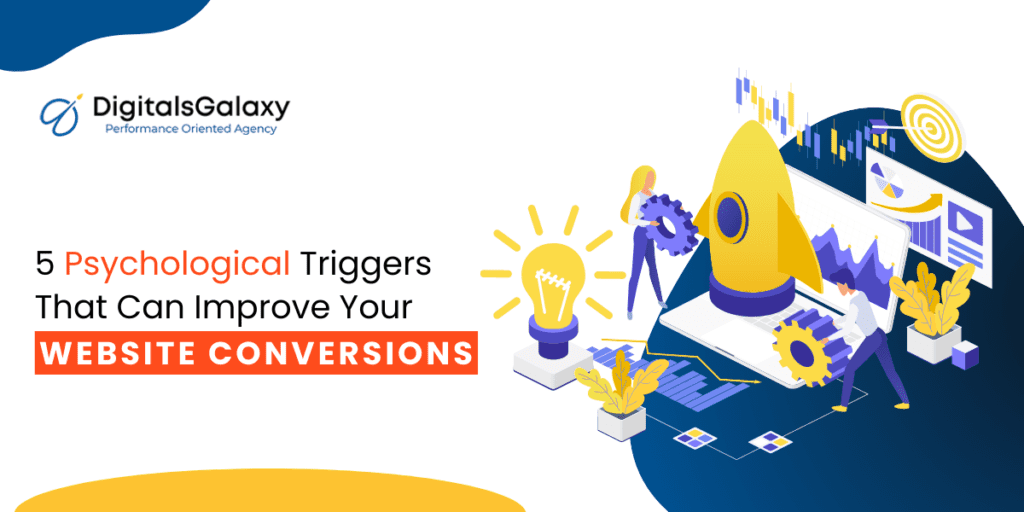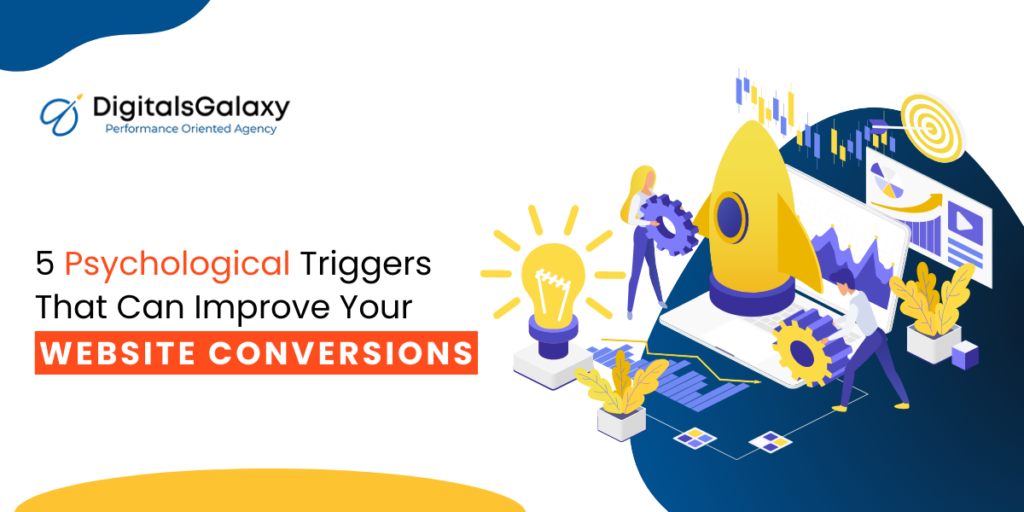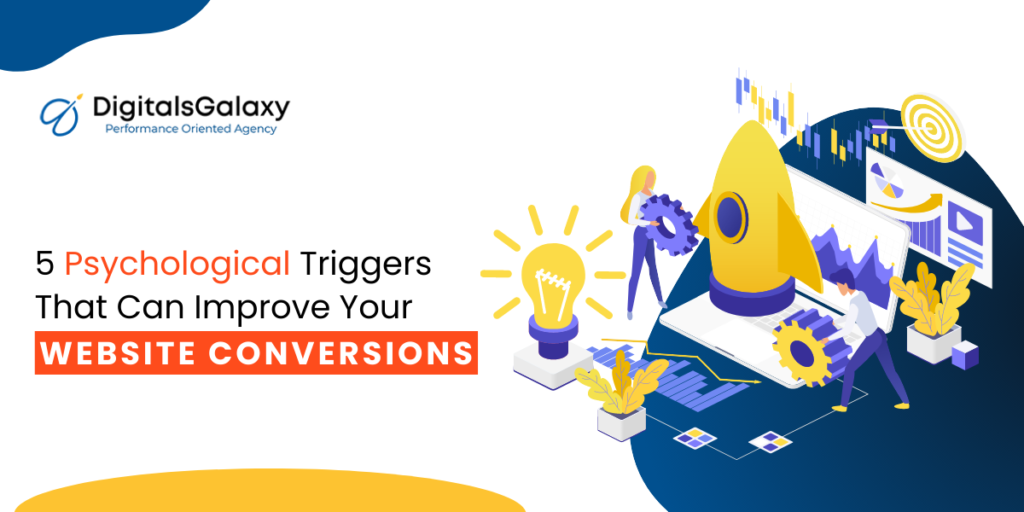The Ultimate Guide to Boosting Website Conversions
As an online business owner, your website is the digital face of your brand. Having a website is not enough; you need to optimize it to get the most out of it. Conversion rate is one of the most critical metrics for website success. It is the number of visitors who do what you want them to, like buy something, fill out a form, or sign up for a newsletter. Improving your website’s conversion rate is crucial for increasing revenue and growing your business.
Getting people to visit your website is essential, but your Software as a Service (SaaS) business won’t be successful if you can’t turn enough visitors into customers. Gartner research shows that almost 48% of website visitors leave the main landing page without looking at other marketing materials. Companies that sell Software as a service (SaaS) can boost their conversion rates by improving the brand content on their landing pages. Increasing conversion rates can lead to a better return on investment (ROI), but it’s an ongoing process that requires you to keep tweaking and optimizing your website and marketing strategies.
If you’re struggling, like most SaaS providers, to improve your website conversion rate or reach your goals, you should start by creating a strategy that focuses on the most potential customers. In this ultimate guide to increasing website conversions, we’ll look at some of the best ways to get more of your website’s visitors to buy something.
Know Your Audience
The first step in optimizing your website for conversions is understanding your audience. You need to know who they are, what they are looking for, and what motivates them to take action. Before initiating a marketing campaign, understand your target audience’s needs and preferences. Concentrate on their pain areas and what inspires or deters them from buying your product or service.
You can get this information by looking at your website’s analytics, surveying your customers, and learning about your competitors. Once you understand your audience, you can tailor your website to their needs and preferences. This includes creating targeted messaging and calls to action, optimizing your website’s design and user experience, and using language and imagery that resonate with your audience.
Streamline Your Website Navigation
Your website’s navigation is key to the user experience and conversion rates. Visitors may get frustrated and leave if your website’s navigation is hard to understand or too crowded. Make sure your navigation is clear, concise, and easy to use. Use descriptive labels and organize your content into logical categories. Also, consider using a search bar to make it easier for visitors to find what they want. Visitors are more likely to stay and complete the intended action on your website if it is easy to navigate.
Consumers are more likely to make purchases from websites that they can easily navigate and find what they are looking for. Therefore, creating a great user experience is essential to increasing website conversions. Focus on making your website as accessible and exciting as possible. Ensure your website loads quickly, create an easy-to-use navigation system, and use appealing images to show what you have to offer. These steps will keep visitors interested and encourage them to look around your website more, leading to more conversions in the long run.
Optimize Your Website’s Speed
Website speed is a crucial factor in user experience and conversion rates. When pages take too long to load, visitors can get frustrated and leave your website without doing anything. On the other hand, a fast-loading website can improve the user experience and increase the likelihood of conversions.
To optimize your website’s speed, start by minimizing the size of your images and videos. Compress your files and use a content delivery network (CDN) to speed up load times. Also, think about optimizing the code on your site and using as few plugins and scripts as possible.
Get feedback from customers.
Knowing what your customers think of your product or service is essential. Get feedback from current and potential customers, and use that information to find the holes in your product and fix them. Customers are more likely to convert when they feel their needs are being met and their requests are being considered.
For example, if your customers ask for a specific feature, you might want to add it to your product. Similarly, if a potential customer has expressed interest in a specific type of service, check if you can offer it. Customers will see you are always trying to improve based on their feedback.
Test different strategies for converting leads.
Testing is the only way to determine what works best for your target audience and possibly boost conversion rates. Use A/B testing, i.e., a split-testing method where two versions are tested against each other to identify which works better to compare the performance of different versions of your website and marketing campaigns.
According to the 2022 Global Software Buyer Trends Survey by Gartner Digital Markets, buyers want localized content so that they can understand it better and work with sellers. Therefore, consider running localized A/B tests to see which regions yield the most conversions.
By testing different versions of your web pages and campaigns tailored to the language and culture of target customers in a specific region, you can find out which approach works best for each audience and then use those insights to tweak your offerings and optimize performance.
Improve your price and payment methods.
Your pricing should reflect the demands and tastes of your prospective clients. Look at how different groups of customers react to other prices, and then change your pricing strategy to fit them accordingly. Offer discounts and run loyalty programs to encourage customers and make them feel important.
Additionally, try to implement a wide range of payment options and an easy checkout process to make it easier for customers to purchase from you.
Product descriptions and landing pages.
Product profiles and landing pages are critical touchpoints throughout the customer journey. Ensure the information about your product is clear, correct, and up-to-date and that it has all the information customers need to make good decisions.
Also, make exciting landing pages and point people in the right direction so they can easily find what they are looking for.Understanding how people use your website, where they get frustrated, and why they leave without making a purchase can help you find and fix these problems. It will also help you send the right messages to website visitors at the right time, which will help you turn them into customers.
Calculate conversion rate optimization (CRO)
Conversion optimization improves the percentage of visitors who take a desired action, such as purchasing, signing up for an email list, or filling out a form. Calculate CRO to understand how successful your website marketing efforts are. By analyzing this data, you can identify areas for improvement and ensure your website and marketing campaigns are geared towards achieving desired outcomes.
Use compelling Calls to Action (CTAs)
Your website’s calls to action (CTAs) are the prompts that encourage visitors to take action. A strong CTA can make all the difference in conversion rates. To create compelling CTAs, use action-oriented language and develop a sense of urgency. Ensure your CTAs stand out visually and are strategically placed on your website.
Leverage social proof.
Social proof is a powerful motivator when it comes to conversion rates. People are more likely to take action if they see that others have already done so. You can use social proof by putting customer reviews and testimonials on your website, showing awards and honors, and showing how many people follow you on social media.
Streamline the Checkout Procedure
If you run an e-commerce business, the checkout process is one of the most important parts of your website. If the checkout process is complicated or confusing, people may relinquish their shopping carts and never return. To make the checkout process more accessible, reduce the number of steps needed to finish a purchase, give clear instructions, and give customers more than one way to pay.
Higher conversions lead to improved ROI and customer satisfaction.
A good marketing strategy will always lead to more website visitors, higher conversion rates, and a better return on investment (ROI). Also, customers will like having a more personalized and tailored experience, making them happier overall. Just remember to measure the results and adjust your strategy as needed.
Best tools to implement a Conversion Rate Optimization strategy.
You can use quantitative and qualitative tools to optimize your conversion rate. We’ve compiled a list of the five most essential tools in each category, which should be enough to assemble a complete CRO strategy for scaling your online course.
Google Analytics
With the information that Google Analytics gives you, you can see how people usually interact with the content you add to your website. It also generates machine-learning-enabled reports to reveal better and deeper insight. Finally, it allows exporting shareable reports that are pretty useful to share with any specialized professionals you may be working with to improve the performance of your website, such as SEO conversion.
MixPanel
Understanding your power users is the key to generating more sales and building revenue. Online courses often require subscriptions and repeat purchases of modules and learning material. Hence, it is vital to understand who your power users are and what makes them dwell on your website pages for longer. MixPanel helps you tie website visitors’ behaviors to retention strategies and develop long-term customer nurturing campaigns.
Clicky
As a course creator, if your customers are from specific areas, like countries in the European Union, you must follow the General Data Protection Regulation (GDPR) rules when collecting user information. Clicky is a quantitative tool that is GDPR-compliant and protects the privacy of your web users. As a website owner, it also gives you valuable reports that you can use to improve your conversion rates. Clicky is a great source to gain accurate insights about page views, JavaScript events, actions taken on the website, etc.
Adobe Analytics
Predictive analytics power Adobe Analytics makes determining why each conversion happened easier. This helps you tweak your existing marketing strategy and invest appropriately. While most tools provide valuable information about website user activity, Adobe Analytics reveals what happens before a customer converts. Pre-conversion behavior is a piece of important and influential information that helps you determine why people click on your CTA buttons.
KISSMetrics
KISSMetrics is a more user-centric tool that helps you understand more about your web visitors.
In addition to bounce rate and time-on-site information, you can derive detailed insights about
User behavior from it. It empowers you to tie your reports and data to real people, making it excellent to integrate with your CRM tools if you use them to sell your courses.
If you are someone to whom quantitative tools seem intimidating, KISSMetrics can make it relatively easy for you to understand the story behind the numbers.






